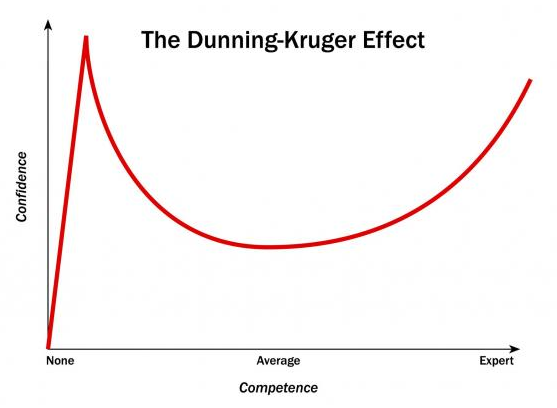Adding on to post frame building length sounds like it should be such a simple process – unscrew sheets of steel and just build away, right?
Nope.
Long time reader ROB in ANNAPOLIS writes:
“I feel like you have answered this somewhere in the past, but when I search past “Ask the Guru” I get an employee login prompt.
Due to budget and general indecisiveness, I am considering building a structure shorter than I think I will need long term. If I am sticking to the same width and truss style, how hard is it to extend a building down the road? Essentially I am planning a workshop that I would like to have an office, bathroom, covered parking area. Those are all wants and not needs. If it is not a terrible design decision to add another couple sections to the end later on, I can get the important part, shop space, done sooner.”
 My first recommendation would be to construct the ultimate sized shell and only finish off interior of what you immediately need and will fit within your budget. Done in pieces doubles the number of deliveries made to your site and trucks do not run for free.
My first recommendation would be to construct the ultimate sized shell and only finish off interior of what you immediately need and will fit within your budget. Done in pieces doubles the number of deliveries made to your site and trucks do not run for free.
Built in segments – even though steel roofing and siding will come from the same manufacturer, there will be some degree of fade. People will be able to tell it was not all constructed at the same time. However, over time the newer steel will fade also and the difference may be imperceptible. Pick lighter colors so the degree of fade is not as noticeable.
If you do build in segments, it should be structurally designed to take into account eventual length. Roof and endwall shear are impacted by building length and it is far easier to account for possible added necessity of materials at the time of initial construction, rather than having to do a retro fit. Beyond a certain length braced endwall panels, by use of OSB sheathing, may be needed, This is a function also of wind loads, as well as building height and width.
Finally, if you are considering adding on to an existing building – place a double truss on the end to be added onto and have no endwall overhang on this end.







